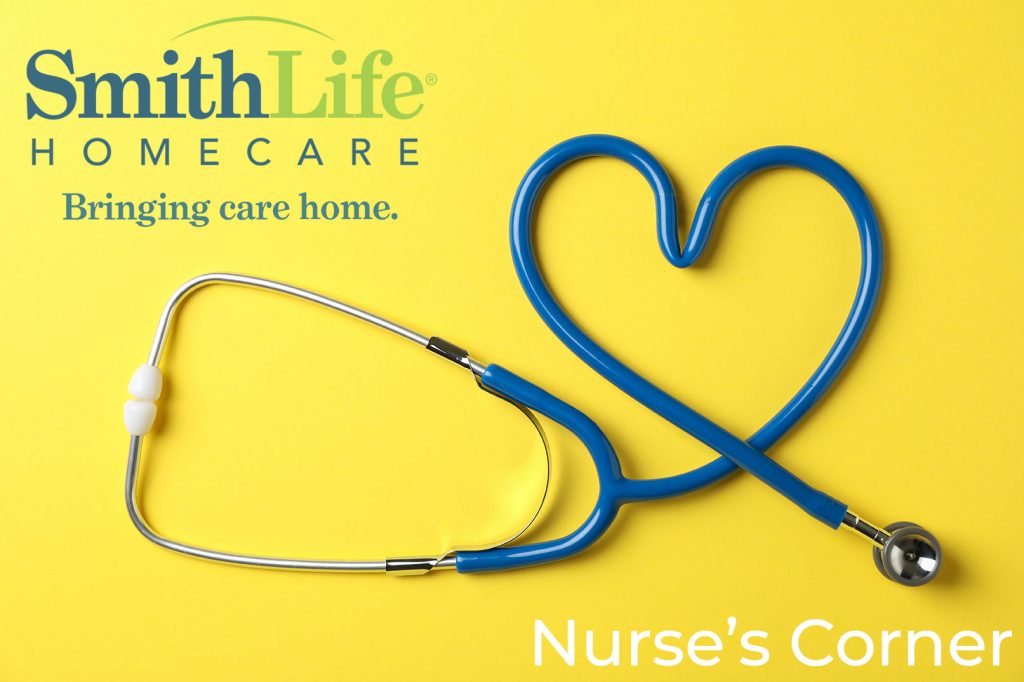‘Keep on Your Feet’ has become a critical caption in matters of public health concern, particularly among the aging population. Falls aren’t just common and related to awkwardness or issues of physical mechanics like you often hear attached to the senior folks aged 65 and older. Falls are a health risk which have climbed the ranks over the years as one of the major reasons for the rise in expensive hospitalization coverage. What is misunderstood is the fact that falls are preventable and do not have to be an inevitable part of aging.
Unintentional falls are the most common cause of nonfatal injuries for people older than 65 years. Up to 32 percent of community-dwelling individuals over the age of 65 fall each year, and females fall more frequently than males in this age group.1 The financial costs from fall-related injuries are more substantial than one tends to acknowledge with the average estimates for the health system cost per fall injury to be between US$ 3611 and US$ 1049 respectively. Empirical data suggests that the implementation of effective prevention strategies have led to a 20% reduction in incidents of falls among children aged 10 and under, which could create a net savings of over US$ 120 million each year.3
The after-effects and consequences of Fall incidents:
One out of five falls cause a serious injury such as a broken bone or a head injury, while most don’t lead to injuries. The injuries from fall related incidents will reduce overall mobility to do everyday activities based on the extent of the injury such as the ones listed below:
- Falls can cause broken bones, like wrist, arm, ankle, and hip fractures.
- Falls can cause head injuries. These can be very serious, especially if the person is taking certain medicines (like blood thinners). An older person who falls and hits their head should see their doctor right away to make sure they don’t have a brain injury.
- Many people who fall despite avoiding injuries experience long-lasting trauma, which leads to reduced activeness and outdoor tendencies, resulting in higher chances of falling over time.
What is the health-related reasons for vulnerability to fall?
Research has identified many pre-conditions and later-developed ones that contribute to falling in the form of risk factors. Most of these risk factors can be changed or modified to help prevent falls:
- Lower body weakness
- Vitamin D deficiency (that is, not enough vitamin D in your system)4
- Difficulties with walking and balance, impaired (gait)
- Use of medicines, such as tranquilizers, sedatives, or antidepressants. Even some over-the-counter medicines can affect balance and how steady you are on your feet.2
- Vision problems
- Foot pain or poor footwear
- Home hazards or dangers such as
- Broken or uneven steps or Throw rugs or clutter and other dilapidated conditions in the vicinity
- The fear of falling and poor reaction times
Most falls are caused by a combination of risk factors5, so the more risk factors one is susceptible to, the greater their chances of falling are likely to be.
Prevention Measures:
A range of interventions exist to prevent falls across the life-course. These include, but are not limited to, the following:
For children and adolescents:
- Parenting programs for low-income and marginalized families
- Providing parents with information about child fall risks and supporting them to reduce these risks around the home
At the workplace for adults:
- Enforcement of more stringent workplace safety regulations in high-risk occupations such as the construction industry
- Multicomponent workplace safety programs
Elderly and Senior citizens:
- Gait, balance, and functional training
- Tai Chi
- Home assessment and modifications
- Reduction or withdrawal of psychotropic drugs
- Multifactorial interventions (individual fall-risk assessments followed by tailored interventions and referrals to address identified risks)
- Vitamin D supplements for those who are Vitamin D deficient
Besides the ones mentioned above which external assistance, there are some simple things that you should do regularly to keep yourself from falling.
- Confer with your doctor or healthcare provider to evaluate your risk for falling
- Ask your doctor or pharmacist to review your medicines to see if any of those might make you dizzy or sleepy.
- Consult your doctor or healthcare provider on the usage of recommended vitamin D supplements.
- Do exercises that make your legs stronger and improve your balance
- Regular eye examinations especially if you rely on glasses
- Make your home safer by getting rid of things that would make you trip over
- Add grab bars and railings wherever necessary with non-slip mats for the bathing as well as toilet area
- As a senior citizen, you must ensure your home has lots of lighting by adding more or brighter light bulbs.
1 Leading Age Minnesota, 2009, White Paper: Falls and the Elderly Population, https://www.leadingagemn.org/inc/data/WhitePaper.Imperative-1.pdf
2 Center for Disease Control and Prevention, 2021, Facts About Falls, https://www.cdc.gov/falls/facts.html
3 World Health Organization, 2021, Falls, https://www.who.int/news-room/fact-sheets/detail/falls
4 Illinois Department of Public Health, Older Adult Falls, https://dph.illinois.gov/topics-services/prevention-wellness/injury-violence-prevention/older-adult-falls.html
5 Wisconsin Technical College System, 5.6 Preventing Falls, https://wtcs.pressbooks.pub/nursingfundamentals/chapter/5-6-preventing-falls/
